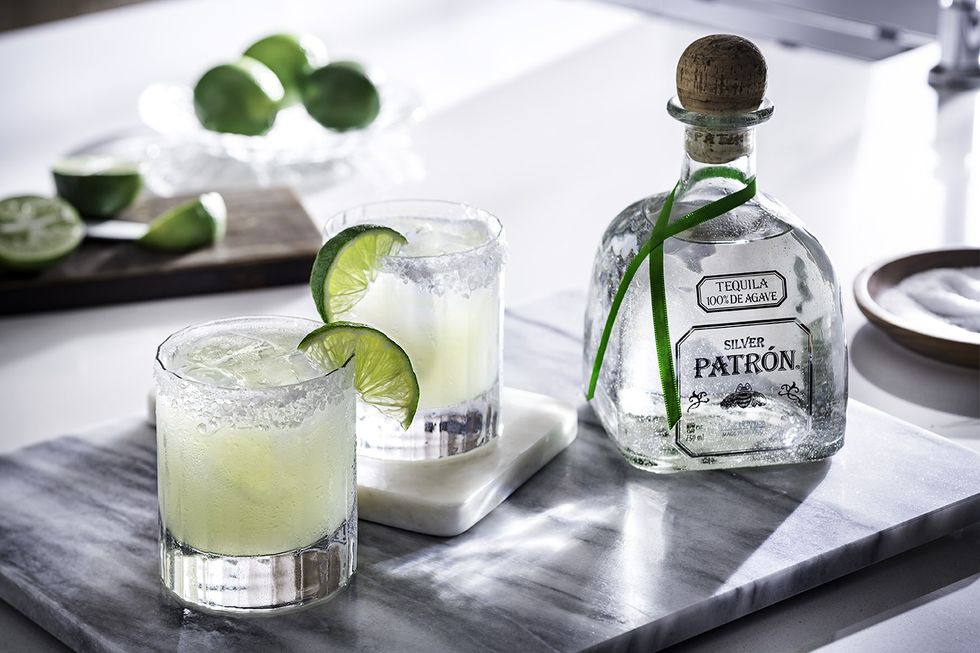October saw shop prices fall marginally further into deflation for the third consecutive month with food inflation eased, particularly for meat, fish and tea along with chocolate and sweets as retailers treated customers to spooky season deals, shows industry data released today (29).
According to British Retail Consortium (BRC), shop price deflation was at 0.8 per cent in October, down from deflation of 0.6 per cent in the previous month. This is below the 3-month average rate of -0.6 per cent. Shop price annual growth was at its lowest rate since August 2021.
Food inflation slowed to 1.9 per cent in October, down from 2.3% in September. This is above the 3-month average rate of 2.1 per cent . The annual rate continues to ease in this category and inflation remained at its lowest rate since November 2021.
Fresh Food inflation decelerated in October, to 1.0 per cent , down from 1.5 per cent in September. This is below the 3-month average rate of 1.2 per cent . Inflation was its lowest since October 2021.
Ambient Food inflation decelerated to 3.1 per cent in October, down from 3.3 per cent in September. This is below the 3-month average rate of 3.3 per cent and remained at its lowest since March 2022.
Helen Dickinson OBE, Chief Executive of the BRC, said, “October saw shop prices fall marginally further into deflation for the third consecutive month. Food inflation eased, particularly for meat, fish and tea as well as chocolate and sweets as retailers treated customers to spooky season deals. In non-food, discounting meant prices fell for electricals such as mobile phones, and DIY as retailers capitalised on the recent pick-up in the housing market.
“With fashion sales finally turning a corner this Autumn, prices edged up slightly for the first time since January as retailers started to unwind the heavy discounting seen over the past year.”
“Households will welcome the continued easing of price inflation, but this downward trajectory is vulnerable to ongoing geopolitical tensions, the impact of climate change on food supplies, and costs from planned and trailed Government regulation. Retail is already paying more than its fair share of taxes compared to other industries.
“The Chancellor using tomorrow’s Budget to introduce a Retail Rates Corrector, a 20 per cent downwards adjustment, to the business rates bills of all retail properties will allow retailers to continue to offer the best possible prices to customers while also opening shops, protecting jobs and unlocking investment.”
Mike Watkins, Head of Retailer and Business Insight, NielsenIQ, said, “Inflation in the food supply chain continues to ease and this helped slow the upward pressure of shop price inflation in October, however other cost pressures remain.
“Consumers remain uncertain about when and where to spend and with Christmas promotions now kicking in, competition for discretionary spend will intensify in both food and non-food retailing.”






















